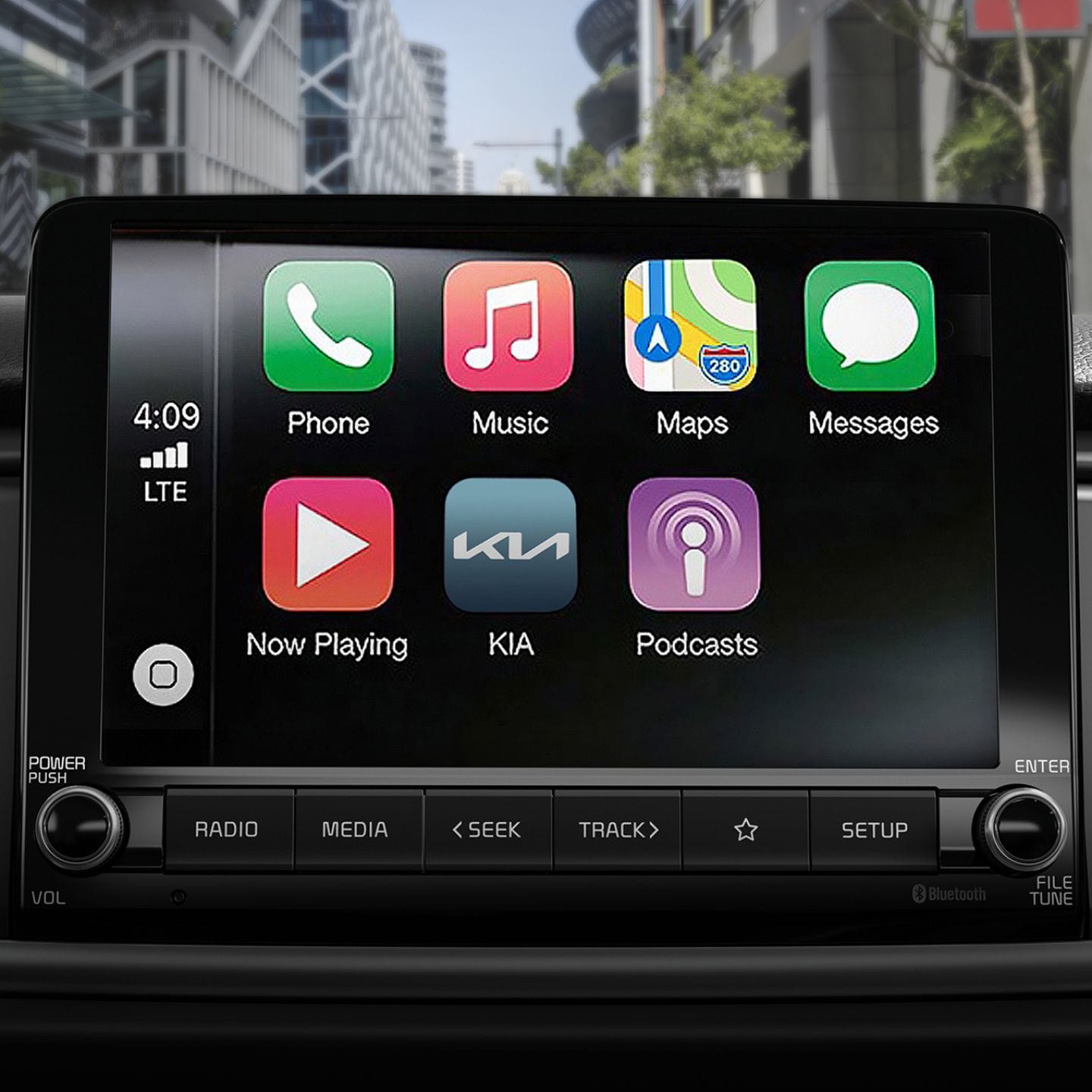The Kia Rio: A Closer Look at a Subcompact Gem

The Kia Rio, a subcompact car manufactured by Kia since 1999, has carved a niche for itself in the automotive market. While it may not be the flashiest option, the Rio consistently delivers on practicality, affordability, and fuel efficiency, making it a compelling choice for budget-conscious drivers and city dwellers alike.
This article delves deeper into the Kia Rio, exploring its key features, strengths, weaknesses, and target audience.
Body Styles and Trims:
The Rio is available in two body styles: a four-door sedan and a five-door hatchback. The sedan offers a more traditional look and slightly more rear passenger space, while the hatchback prioritizes cargo versatility with its fold-down rear seats.

Both body styles come in three trim levels: LX, S, and GT-Line. The LX serves as the base trim, offering essential features like air conditioning, power windows, and a touchscreen infotainment system. The S adds a sporty touch with alloy wheels and fog lights, while the GT-Line further elevates the style quotient with unique grille design, side skirts, and a spoiler.
Performance and Fuel Economy:
The Rio is powered by a 1.6-liter four-cylinder engine producing 120 horsepower and 112 lb-ft of torque. While not a powerhouse, this engine delivers adequate performance for city driving and achieves impressive fuel economy. The Rio boasts an EPA-estimated 33 mpg in the city and 41 mpg on the highway for the sedan, and 30 mpg city and 37 mpg highway for the hatchback. This makes it a great option for daily commutes and errands, keeping fuel costs low.

Interior and Technology:
The Rio's interior is designed for practicality, offering sufficient space for four adults and comfortable seats. The materials used are basic but durable, and the layout is simple and user-friendly. Higher trim levels offer features like a leather-wrapped steering wheel, heated seats, and a sunroof.

In terms of technology, the Rio comes standard with a touchscreen infotainment system with Apple CarPlay and Android Auto compatibility. Higher trims add features like a larger touchscreen, navigation, and a premium sound system. While not the most technologically advanced car in its segment, the Rio offers the essentials for staying connected and entertained on the go.

Strengths and Weaknesses:
Strengths:
- Affordability: The Rio consistently ranks among the most affordable cars in its segment, making it a great option for budget-conscious buyers.
- Fuel Economy: The Rio's impressive fuel economy makes it a cost-effective choice for daily driving and helps reduce environmental impact.
- Reliability: Kia has a reputation for building reliable cars, and the Rio is no exception. It comes with a standard 5-year/60,000-mile warranty.
- Safety: The Rio has received good safety ratings from the National Highway Traffic Safety Administration (NHTSA) and the Insurance Institute for Highway Safety (IIHS).
Weaknesses:
- Performance: The Rio's engine is not the most powerful, and it may struggle on steep hills or when fully loaded.
- Interior Materials: The Rio's interior uses basic materials that may not appeal to buyers seeking a more premium feel.
- Cargo Space: While the hatchback offers decent cargo space, the sedan's trunk is small compared to some competitors.
- Technology: The Rio's tech features are adequate but not the most advanced in its segment.
Target Audience:
The Kia Rio is ideal for:
- First-time car buyers: Its affordability and practicality make it a great choice for those entering the car ownership world.
- City dwellers: Its compact size and excellent fuel economy make it perfect for navigating city streets and parking in tight spaces.
- Budget-conscious drivers: Those seeking a reliable and fuel-efficient car without breaking the bank will find the Rio appealing.
- Eco-conscious consumers: The Rio's low emissions and impressive fuel economy contribute to a smaller environmental footprint.
Conclusion:
The Kia Rio may not be the most exciting car on the market, but it excels in areas that matter most to many car buyers: affordability, practicality, and fuel efficiency. It offers a no-frills driving experience at a price that's hard to beat, making it a compelling choice for budget-conscious and practical drivers. However, if you prioritize performance, premium features, or cargo space, other options might be worth considering.
